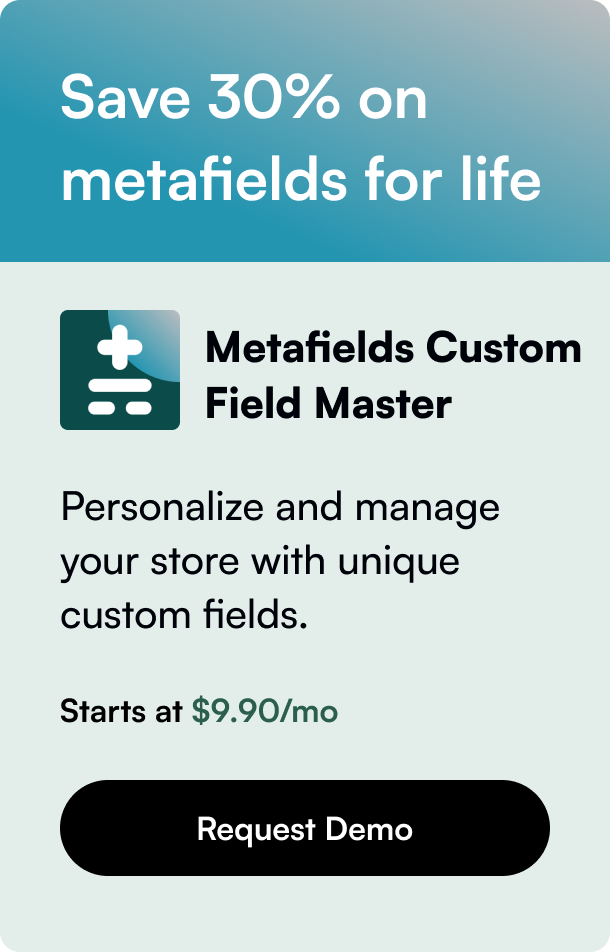Table of Contents
- Introduction
- The Foundation: Understanding Pop-Ups
- Step 1: Choosing the Right Tool
- Step 2: Designing Your Pop-Up
- Step 3: Configuring Settings
- Step 4: Integration and Testing
- Best Practices
- Conclusion
- FAQ
In the bustling e-commerce world, capturing your visitor's attention and converting them into subscribers or customers is paramount. One effective tool in achieving this is the implementation of a sign-up pop-up on your Shopify store. But how exactly do you craft and add a pop-up that not only captivates but converts? This comprehensive guide walks you through the steps, ensuring your Shopify store stands out and builds a robust email list.
Introduction
Have you ever wondered why some online stores manage to keep you engaged and even convince you to subscribe to their newsletters upon your first visit? The answer often lies in the subtle art of using sign-up pop-ups effectively. In the vast ocean of e-commerce, capturing leads and converting traffic into sales are critical for growth. Sign-up pop-ups, when done right, can be a game-changer for your Shopify store. This post delves into the intricacies of adding an enticing sign-up pop-up to your Shopify store, guiding you to not only capture emails but to create a lasting impression on your visitors.
Why is this important now? The digital landscape is more competitive than ever, and building a direct line of communication through email has proven to be invaluable. With recent advancements and the availability of intuitive tools within Shopify's ecosystem, there has never been a better time to optimize your store with a sign-up pop-up.
The Foundation: Understanding Pop-Ups
Before we dive into the how-to, it's crucial to understand the different types of pop-ups at your disposal:
- Discount Pop-Ups: Offer a discount code to new subscribers.
- Welcome Pop-Ups: Greet new visitors with a message or offer.
- Email Pop-Ups: Specifically designed to capture email addresses.
- Exit-Intent Pop-Ups: Appear when a user shows signs of leaving the site.
Pop-ups can serve varied goals, from growing your mailing list to reducing cart abandonment rates. The key is to select a type that aligns with your store's objectives.
Step 1: Choosing the Right Tool
Shopify's ecosystem brims with apps designed to create and manage pop-ups. Two highly recommended options are:
- Wisepops: Known for its ease of use and high customization levels.
- Privy: Offers a broad range of pop-up templates and integration with Shopify's discount system.
Select an app that best fits your store's needs, considering factors such as customization, integration capabilities, and ease of use.
Step 2: Designing Your Pop-Up
Upon selecting your tool:
- Customize Your Design: Make sure your pop-up reflects your brand's aesthetic. Use colors, fonts, and messages that resonate with your brand identity.
- Craft Compelling Copy: Your pop-up’s text should be clear, concise, and enticing. Whether it offers a discount or valuable content, make the benefit of signing up unmissable.
- Optimize for Mobile: A significant portion of online shoppers use mobile devices. Ensure your pop-up looks great and functions seamlessly across all devices.
Step 3: Configuring Settings
Pay close attention to:
- Timing: The pop-up should appear at the right moment. Too soon, and it might annoy visitors; too late, and you may miss the opportunity. Tailor the timing based on user behavior and page interaction.
- Exit-Intent Technology: If your chosen app supports it, use exit-intent pop-ups to capture the attention of users about to leave your site.
Step 4: Integration and Testing
- Integrate with Your Email Marketing Platform: Ensure the app you choose works seamlessly with your email service provider, be it Klaviyo, Mailchimp, or others.
- Test Thoroughly: Before going live, test your pop-up across different devices and browsers to ensure it displays correctly and the subscription process is frictionless.
Best Practices
To maximize the effectiveness of your sign-up pop-up:
- Offer genuine value, such as an exclusive discount or informative newsletter.
- Use eye-catching visuals but avoid overcrowding the pop-up with too much information.
- Keep the sign-up process simple. Asking for too much information can deter potential subscribers.
Conclusion
Implementing a sign-up pop-up on your Shopify store is a strategic step towards growing your email list and enhancing user engagement. By selecting the right tool, designing an appealing and mobile-friendly pop-up, and adhering to best practices, you can significantly increase your chances of converting visitors into loyal customers.
Remember, the key to success lies in balance – offering value without disrupting the shopping experience. Test, learn, and refine your approach to find what works best for your store and audience.
FAQ
Q: Will adding a pop-up slow down my Shopify store? A: If implemented correctly using optimized images and efficient coding (as is the case with most Shopify pop-up apps), the impact on your site's speed should be minimal.
Q: How often should I change my pop-up’s offer? A: Regularly review and update your pop-up based on seasonal offers, user feedback, and subscription performance. This keeps the content fresh and relevant.
Q: Are pop-ups mobile-friendly? A: Yes, but their appearance and functionality can vary depending on the app used and the design choices. Always test your pop-up on multiple devices to ensure optimal performance.
Q: Can I use multiple pop-ups on my store? A: While possible, using multiple pop-ups can overwhelm visitors. Instead, focus on one well-designed, strategically timed pop-up tailored to your key objective.







